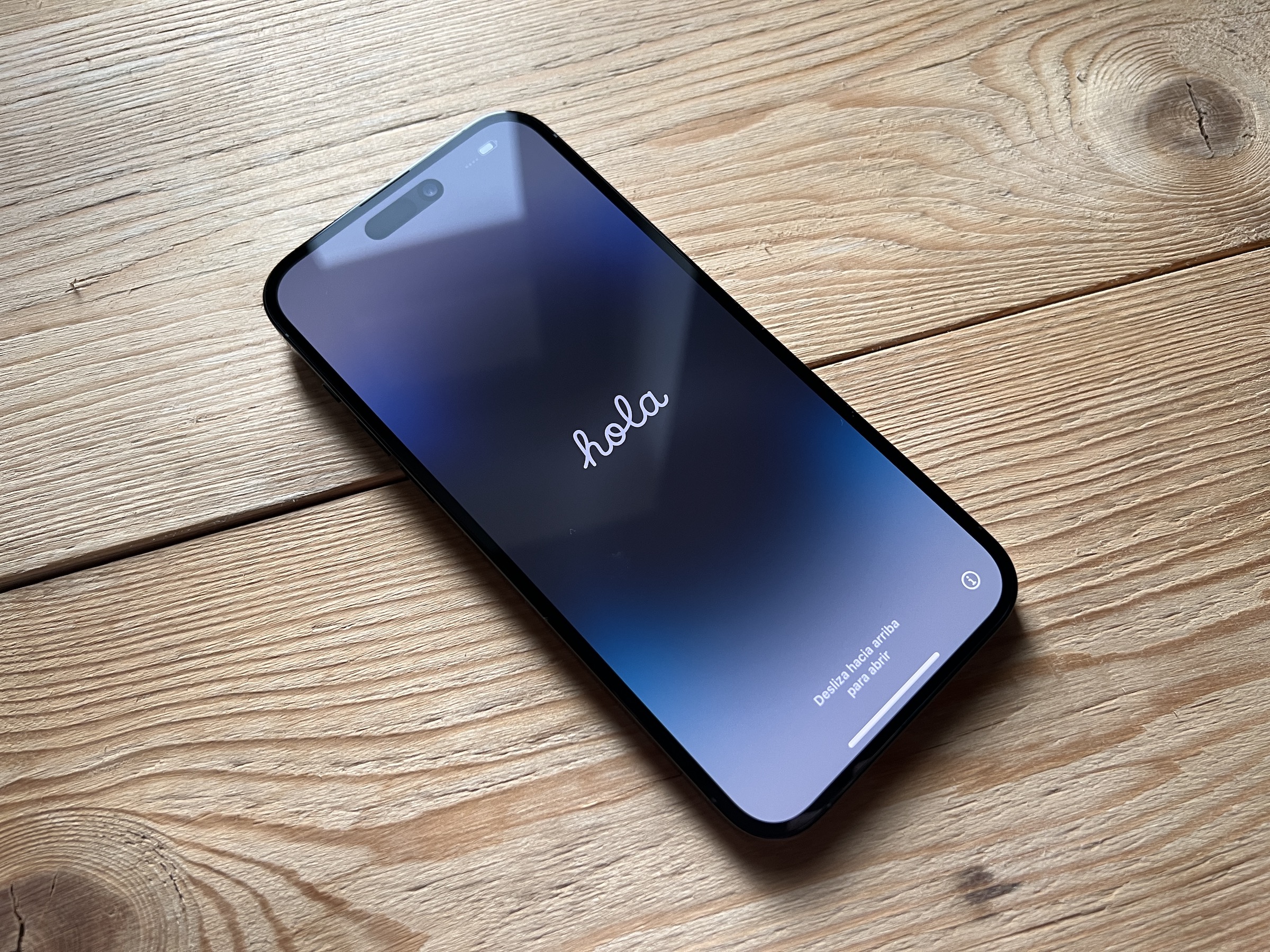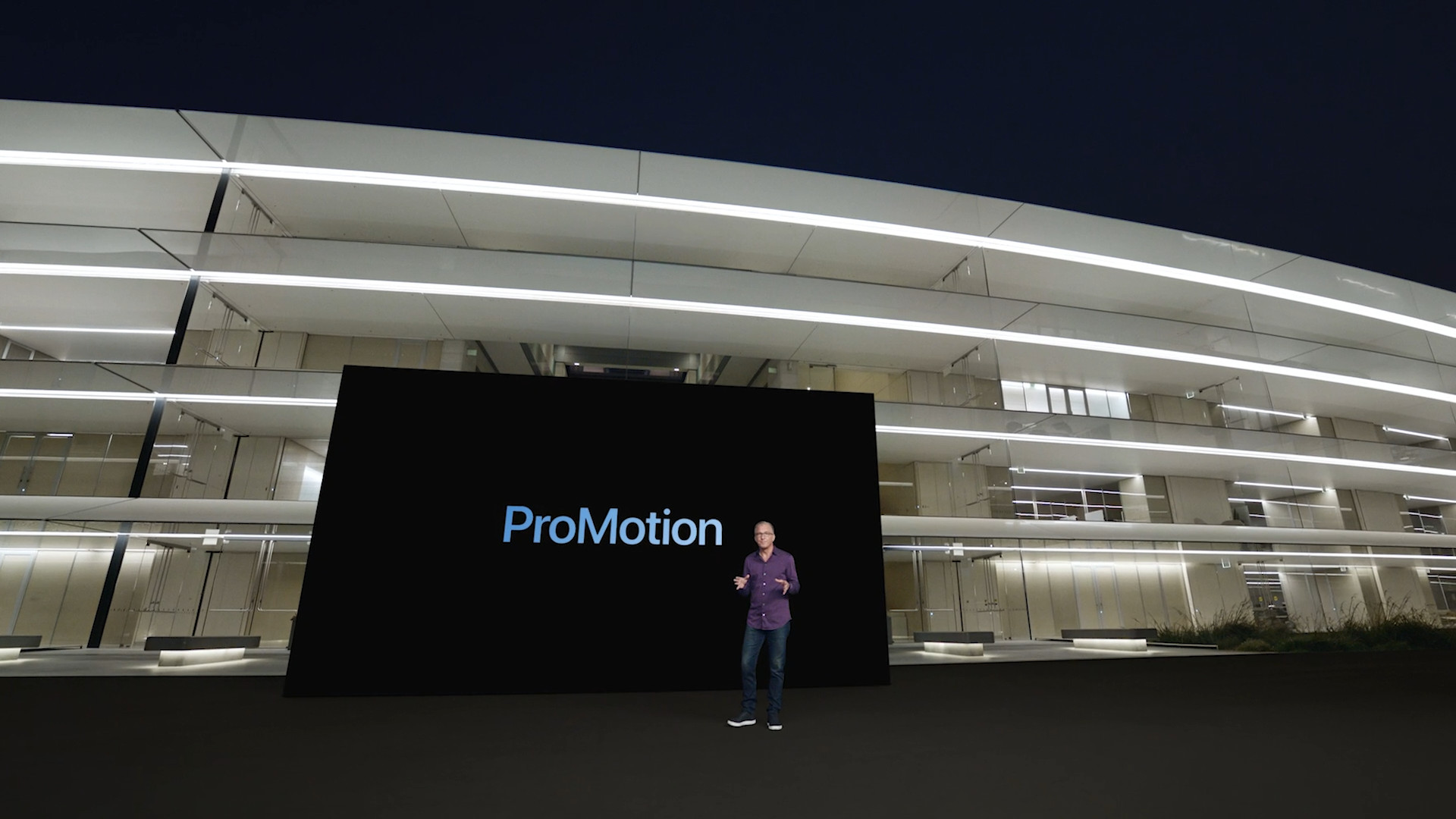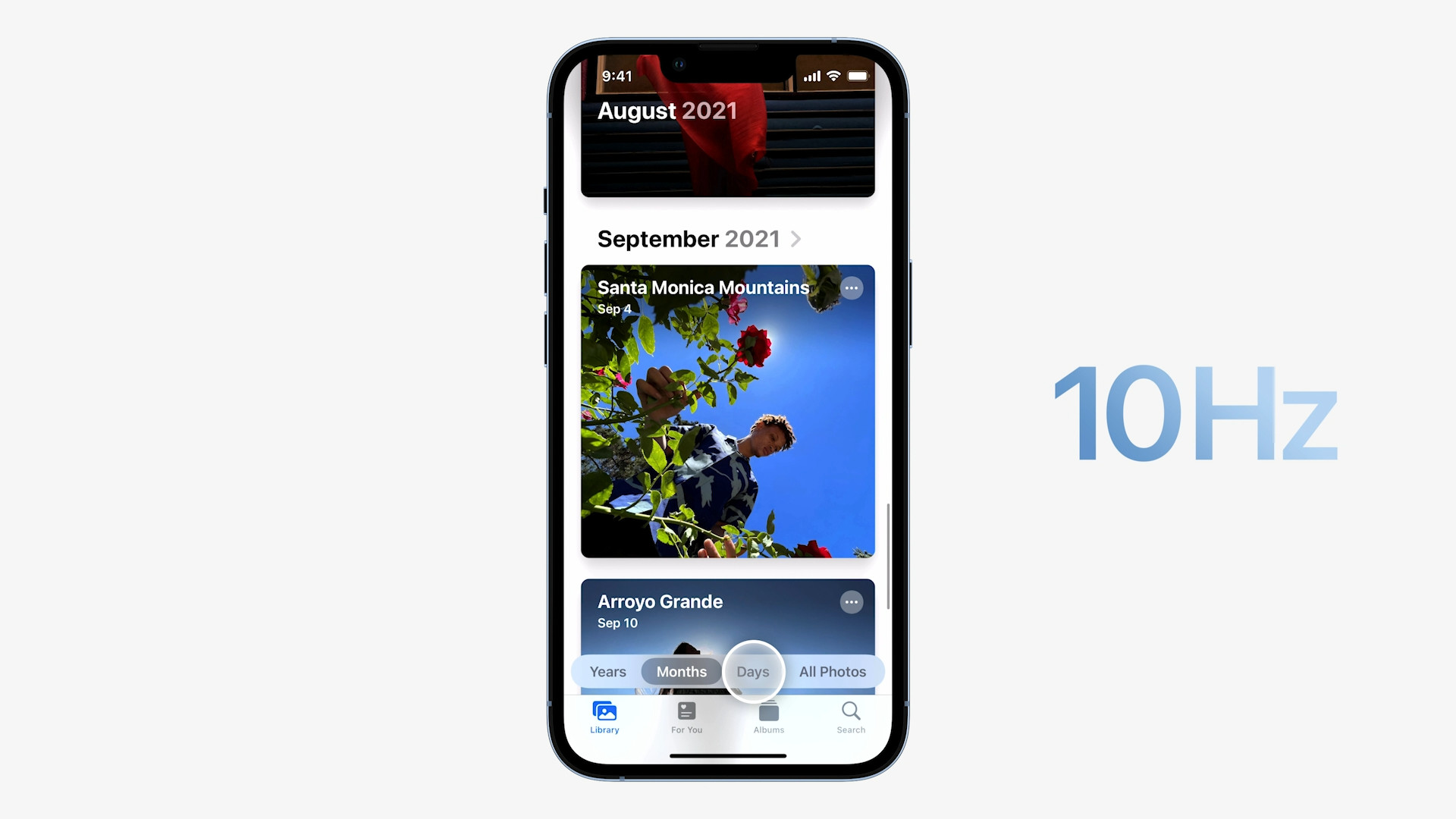With the arrival of the iPhone 13 Pro (Max), we saw a long-awaited change. Apple finally listened to the pleas of Apple users and gifted its Pro models with a Super Retina XDR display with ProMotion technology. It is ProMotion that plays a crucial role in this. Specifically, this means that newer phones finally offer a display with a refresh rate of up to 120 Hz, which makes the content much more vivid and snappy. Overall, the quality of the screen has moved several steps forward.
It could be interest you
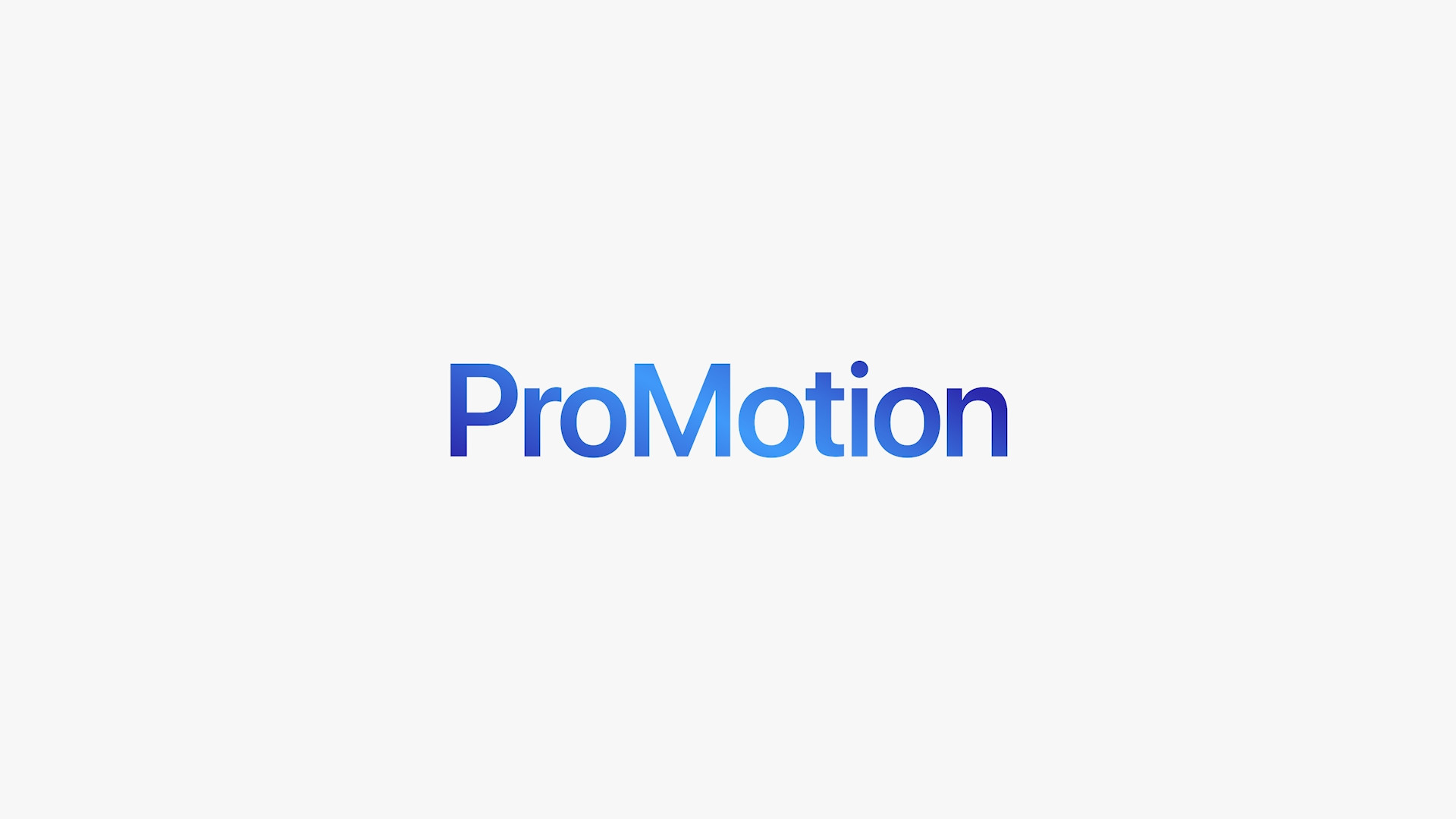
Unfortunately, the basic models are out of luck. Even in the case of the current iPhone 14 (Pro) series, the ProMotion technology ensuring a higher refresh rate is only available for the more expensive Pro models. So if display quality is a priority for you, then you have no other choice. Although the advantages of using a higher refresh rate are indisputable, the truth is that such screens also bring with them some disadvantages. So let's focus on them right now.
Disadvantages of higher refresh rate displays
As we mentioned above, displays with a higher refresh rate also have their drawbacks. There are specifically two main ones, with one of them representing a major obstacle in their implementation for basic iPhones. Of course, it's about nothing but the price. A display with a higher refresh rate is significantly more expensive. Because of this, the total costs for the production of the given device increase, which of course translates into its subsequent valuation and therefore the price. In order for the Cupertino giant to somehow save money on basic models, it makes sense that it still relies on classic OLED panels, which are nevertheless characterized by refined quality. At the same time, the basic models differ from the Pro versions, which allows the company to motivate interested parties to buy a more expensive phone.
On the other hand, according to a large group of apple lovers, the problem in price is not so big, and Apple, on the other hand, could easily bring a ProMotion display for iPhones (Plus). In this case, it alludes to the already mentioned distinction of models. This would be a purely calculated move by Apple to make the iPhone Pro even better in the eyes of those interested. When we look at the competition, we can find a lot of Android phones with displays with a higher refresh rate, which are available at many times lower prices.
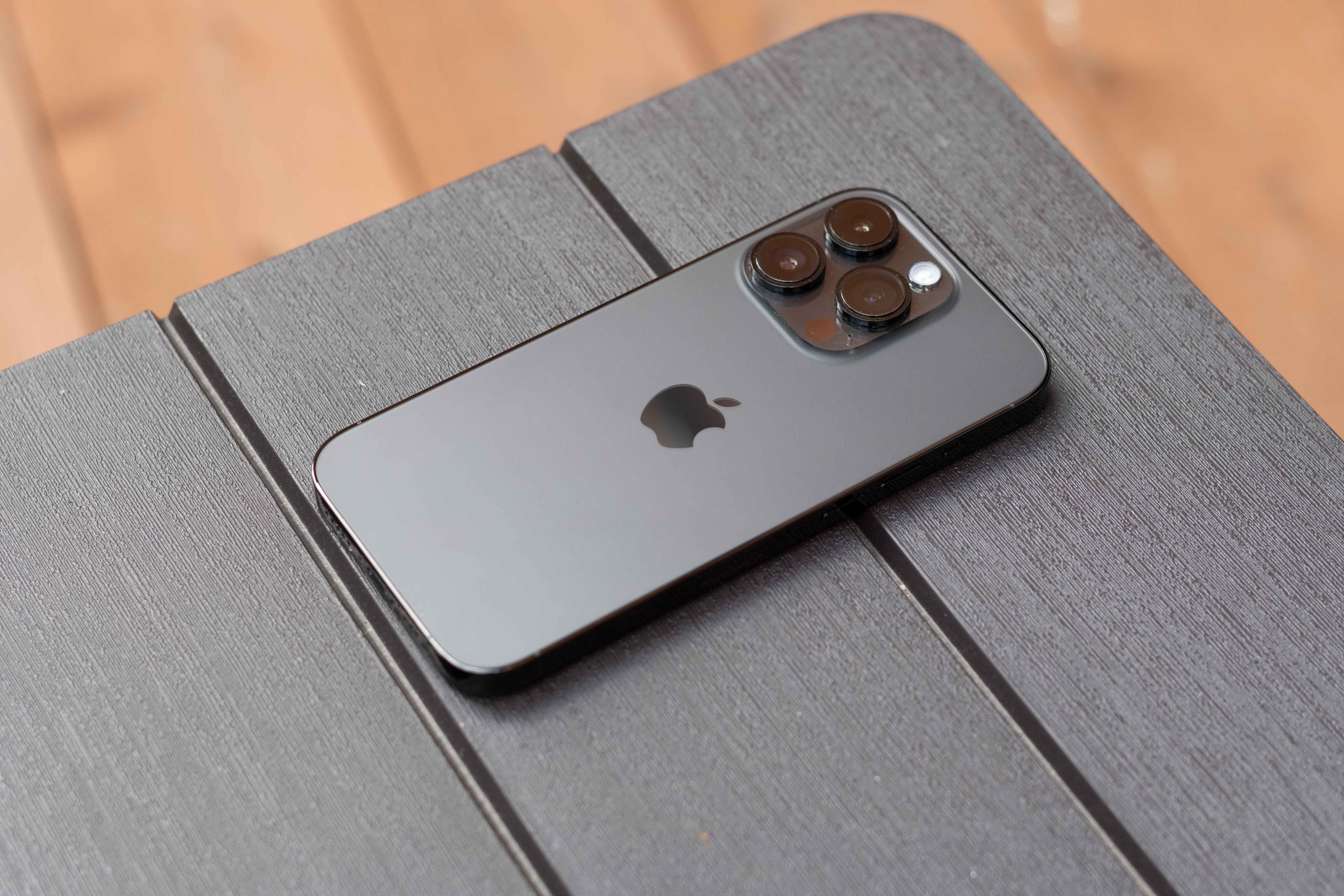
A higher refresh rate is also a threat to battery life. To do this, it is first necessary to explain what the refresh rate actually means. The number of Hertz indicates how many times per second the image can be refreshed. So if we have an iPhone 14 with a 60Hz display, the screen is redrawn 60 times per second, creating the image itself. For example, the human eye perceives animations or videos in motion, although in reality it is a rendering of one frame after another. However, when we have a display with a 120Hz refresh rate, twice as many images are rendered, which naturally puts a strain on the device's battery. Apple solves this ailment directly within the ProMotion technology. The refresh rate of the new iPhone Pro (Max) is so-called variable and can change based on the content, when it can even drop to the limit of 10 Hz (e.g. when reading), which paradoxically saves the battery. Nevertheless, many apple users complain about the overall load and rapid battery discharge, which simply must be taken into account.
Is a 120Hz display worth it?
So, in the final, a rather interesting question is offered. Is it even worth having a phone with a 120Hz display? Although someone may argue that the difference is not even noticeable, the benefits are completely indisputable. The quality of the image thus moves to a completely new level. In this case, the content is significantly more alive and looks more natural. Moreover, this is not the case only with mobile phones. It's the same with any display - whether it's MacBook screens, external monitors, and more.
It could be interest you
